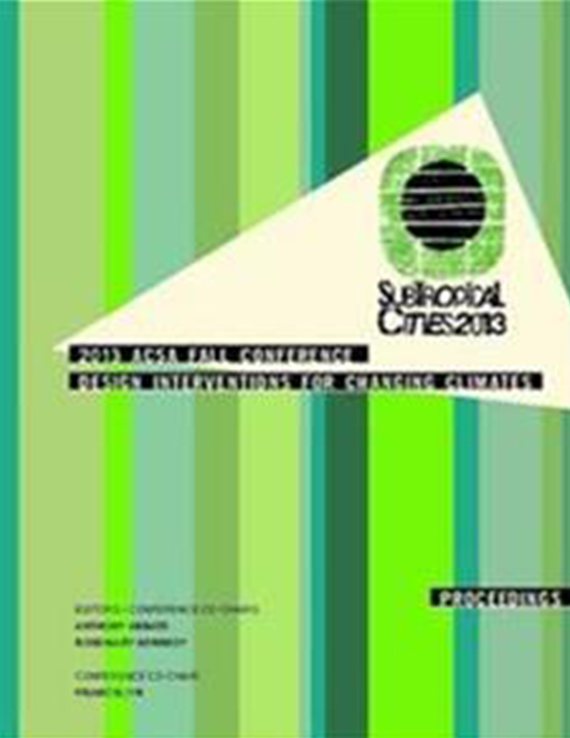Author(s): Jeff Carney & Thomas Colbert
The rapid growth of global population and continuing urbanization are pressing commerce, industry, people, and fragile ecosystems together in unprecedented ways. Adding to the squeeze, rising sea levels, increasing instability of weather, and technological change are forcing fundamental alterations in traditional lifestyles, historic settlement patterns, and design practices. Efforts to cope with these challenges are transforming the role of architecture and its relationship to disciplines that have until recently seemed quite remote from the field. Nowhere is this more clearly evident than along the world’s coastal edges. In these locations the confluence of large tracts of inexpensive wetlands and natural resource industry job growth are attracting millions of people to dangerously low lying areas even as many coastal landscapes are subsiding and sea levels are rising. Shocks to the networked flows of population, technology, and water in the world’s coastal regions have led to disastrous consequences – consequences that are likely to continue to become more serious and more widespread in coming years. In the course of the dramatic reorganization of the means and methods of analysis, design, and construction that are now shaping the built environment, especially in coastal regions, the architectural profession has much to gain or lose. The profession faces a growing identity crisis as both urban centers and rural communities are increasingly threatened, undermining the very foundations of contemporary practice. However, this threat is matched by an encouraging re-centering of design thinking in the realms of architecture, engineering, biological sciences, and planning. What seems to be emerging is a truly multi-disciplinary model of design practice with architects playing a central role.The tremendous challenge faced by the subtropical Texas – Louisiana Gulf Coast is leading to innovative inter-university programs connected through intra-university networks. This paper will present two distinct trans-disciplinary engineering, scientific research, planning, and design groups that are making an impact in two different parts of the Gulf Coast. Networked linkages are now emerging between these groups allowing them to speak broadly across an expansive region without sacrificing the specificity of environmental, economic, social, and spatial change unique to each. From their unique university locations these groups explore the potential of emerging design and analytical technologies to address conflicts. The paper will present design projects that exemplify the potential of this new model of research practice and the innovative new tools that serve it while exploring the potential for this new design model to build capacity within, and link between major research universities.
Volume Editors
Anthony Abbate, Francis Lyn & Rosemary Kennedy
ISBN
978-0-935502-90-9

 Study Architecture
Study Architecture  ProPEL
ProPEL 
